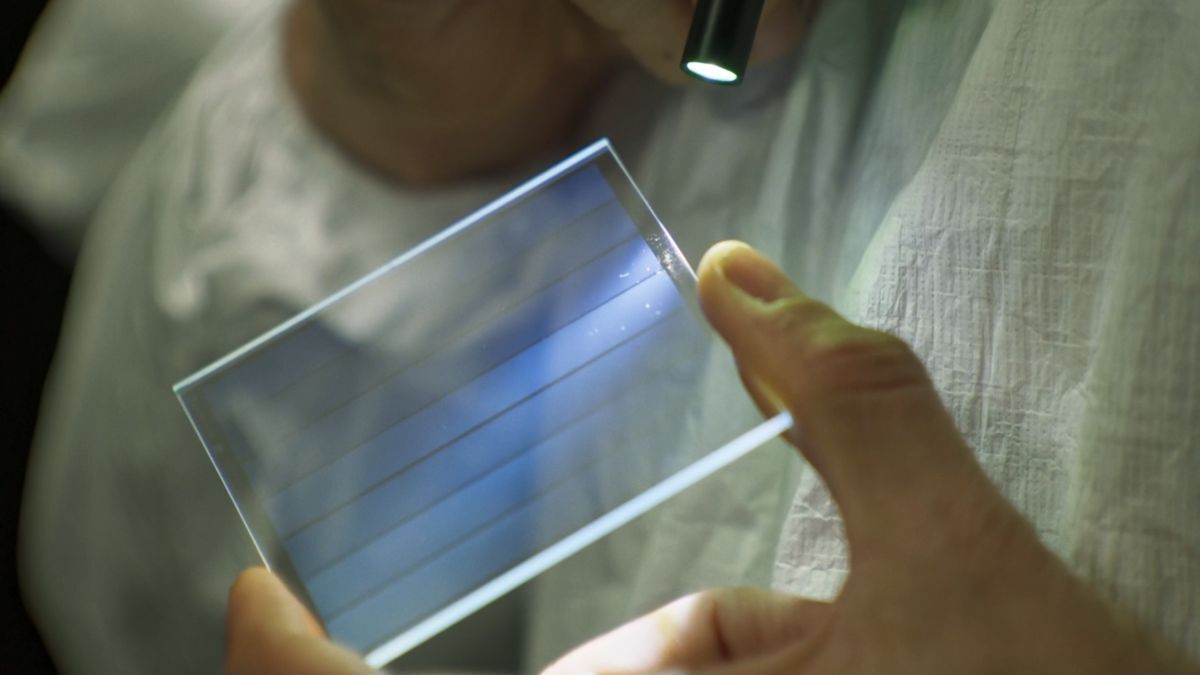Data is written in a square glass platter with ultrafast femtosecond lasers through voxels. These are permanent modifications to the physical structure of the glass, and allow for multiple bits of data to be written in layers across the surface of the glass. These layers are then stacked vertically in their hundreds.
To read data, they employ polarization microscopy technology to image the platter, while the read drive scans sectors in a Z-pattern. The images are then sent to be processed and decoded, which leans on machine learning model to convert analog signals to digital data.



No fucking way does this work
Machine learning is used in so many evil ways, employed stupidly, and depended on in too complex situations because capitalists are greedy but this is extremely trivial for what we can accomplish today
Even disregarding that, it either works consistently or it doesn't, and that's easily verifiable with checksums and enough testing.
Exact data and machine learning sounds like a horrible combination. I hope they’re using checksums for everything, but how do you store the checksums long term?
The AI hallucinates anime tiddies on every picture of a historical figure. I hate how bazinga brains these days are too stupid to implement basic signal processing and have to use machine learning to brute force every problem they come across.